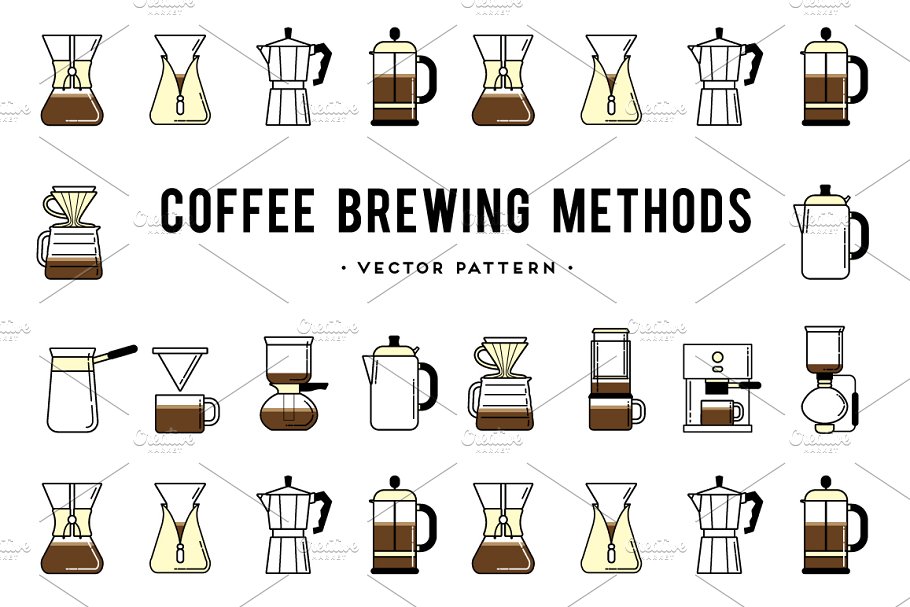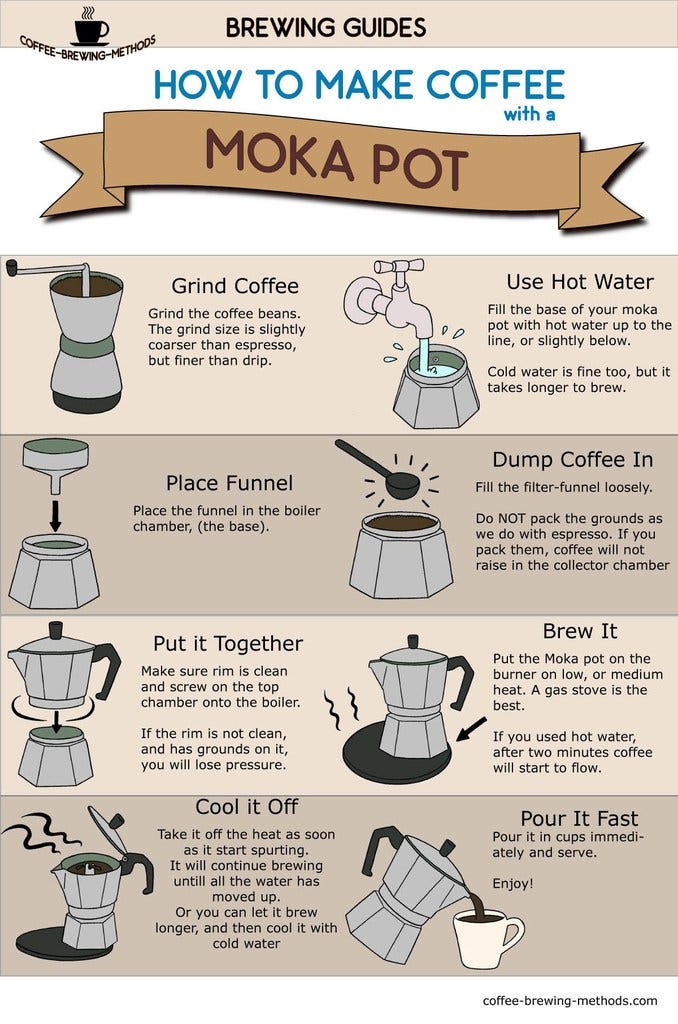Coffee Brewing Methods: Unlocking the Tricks to the Perfect Mug in your home
Wiki Article
Checking Out the Art of Coffee Brewing: A Comprehensive Guide to Refining Your Cup
The art of coffee developing is a diverse self-control that combines scientific research with personal expression, where the option of beans, water top quality, and developing methods converge to create a refined sensory experience. Understanding the nuances of different coffee beans, particularly the distinctions between Arabica and Robusta, is important for any kind of connoisseur. In addition, the selection of proper tools and careful focus to developing specifications can significantly affect the final outcome. As we discover these aspects, one must consider how even small changes can cause profound changes in flavor and fragrance-- what might these modifications reveal about your perfect mug?Recognizing Coffee Beans
To absolutely value the art of coffee brewing, one must initially comprehend the foundational aspect: coffee beans. These small seeds, typically stemmed from the Coffea plant, are crucial in figuring out the flavor profile, aroma, and total top quality of the brewed beverage. Coffee beans primarily come under two classifications: Arabica and Robusta. Arabica beans, known for their fragile tastes and greater level of acidity, are often favored by lovers. On the other hand, Robusta beans have a stronger, more bitter taste and higher high levels of caffeine material, making them suitable for espresso blends.
Furthermore, the handling method-- whether washed, all-natural, or honey-- impacts the beans' final taste. Recognizing these aspects allows makers to pick the right beans that straighten with their liked flavor account, ultimately enhancing the coffee developing experience. coffee brewing methods. This comprehension is necessary for anybody striving to understand the craft of making the excellent mug of coffee
Brewing Methods Explained
Many enthusiasts locate that the choice of developing approach considerably affects the last taste and fragrance of their coffee. Each approach takes advantage of various extraction techniques, influencing the coffee's character and splendor.Drip developing, among one of the most preferred methods, utilizes a maker to trickle warm water through ground coffee, producing a clean and consistent mug. French press, on the other hand, immerses coffee grounds in hot water, permitting a fuller body and more robust flavor, as oils and fine bits stay in the mixture.
Pour-over developing offers a careful approach, where water is manually poured over coffee premises, permitting precise control over removal time and temperature level, leading to a brilliant and nuanced mug.
Espresso, a concentrated coffee made under stress, is recognized for its solid taste and luscious texture, working as the base for various coffee drinks, consisting of coffees and cappucinos.
Necessary Equipment Required
What tools is necessary for making an excellent mug of coffee? The foundation of any type of successful coffee developing process lies in high quality devices tailored to your recommended approach. A reputable coffee grinder is essential; newly ground beans considerably improve taste and aroma. Opt for a burr mill, which makes sure consistent particle size, important for optimal removal.Following, consider your developing gadget. Choices range from drip coffee makers and pour-over arrangements to French presses and espresso equipments. Each approach provides distinct taste accounts and brewing methods, so select one that straightens with your preference choices.
An accurate scale is additionally indispensable, allowing you to determine coffee and water precisely, which is vital for consistency. Additionally, a thermometer can assist keep track of water temperature level, as it directly influences extraction high quality.
Mastering Water Quality
The high quality of water used in brewing coffee plays a significant role in establishing the last flavor profile of the cup. Different aspects add to water quality, consisting of mineral content, pH level, and total pureness. Ideally, water must be devoid of pollutants and contaminants, as these can detrimentally influence the taste of coffee.
Minerals, such as calcium and magnesium, boost the extraction of tastes from the coffee grounds, while keeping a well balanced pH degree-- around 6.5 to 7.5-- is vital for optimal extraction. Water that is also soft may lead to under-extraction, resulting in weak or sour flavors, while overly difficult water can produce a bitter or rough mug.
For the very best outcomes, filtered water is recommended, as it decreases the visibility of chlorine and other undesirable substances typically located in tap water. Furthermore, think about using water with a Total Dissolved Solids (TDS) level in between 150-200 ppm, which is normally optimal for coffee developing. By grasping water quality, you can lay a solid structure for accomplishing a continually excellent mug of coffee, permitting the one-of-a-kind qualities of your chosen beans to radiate through.

Tips for Flavor Enhancement
Enhancing the flavor of your coffee can substantially raise your brewing experience and draw out the unique nuances of your picked beans. To accomplish this, take into consideration numerous check this crucial variables that affect preference.To start with, the grind dimension plays a vital role. A finer work boosts removal, leading to bolder tastes, while a coarser work yields a milder mug. coffee brewing methods. Change your grind according to your brewing technique to attain ideal outcomes
Secondly, trying out brew time. Over-extraction can lead to bitterness, while under-extraction lead to a sour preference. Go for a brew time that balances these extremes, usually between two to 4 minutes, relying on your approach.
Additionally, temperature level is a vital aspect. Brewing with water that is too warm can scorch the coffee, while water that is too awesome may fail to draw out adequate flavor. The excellent temperature level array is 195 ° F to 205 ° F(90 ° C to 96 ° C)
Conclusion) )))) To conclude, the art of coffee brewing is a diverse practice that calls for a deep understanding of different aspects, including bean selection, brewing approaches, and water top quality. Mastery of vital equipment and focus to detail in grind dimension, make time, and temperature are important for achieving optimal extraction. By incorporating these parts, coffee lovers can elevate their developing strategies, causing a mug that not only pleases personal preferences yet also showcases the abundant complexity of coffee flavors.
The art of coffee developing is a complex discipline that combines scientific research with additional resources individual expression, where the choice of beans, water high quality, and brewing methods converge to develop a polished sensory experience.To absolutely appreciate the art of coffee brewing, one must initially recognize the fundamental element: coffee beans. Developing with water that is as well warm can swelter the coffee, while water that is as well amazing might stop working to extract sufficient taste. In conclusion, the art of coffee developing is a multifaceted practice that calls for a deep understanding of various aspects, consisting of bean option, developing techniques, and water high quality. By integrating these elements, coffee fanatics can elevate their brewing methods, resulting in a mug that not only satisfies personal preferences but additionally showcases the rich intricacy look at this web-site of coffee flavors.Report this wiki page